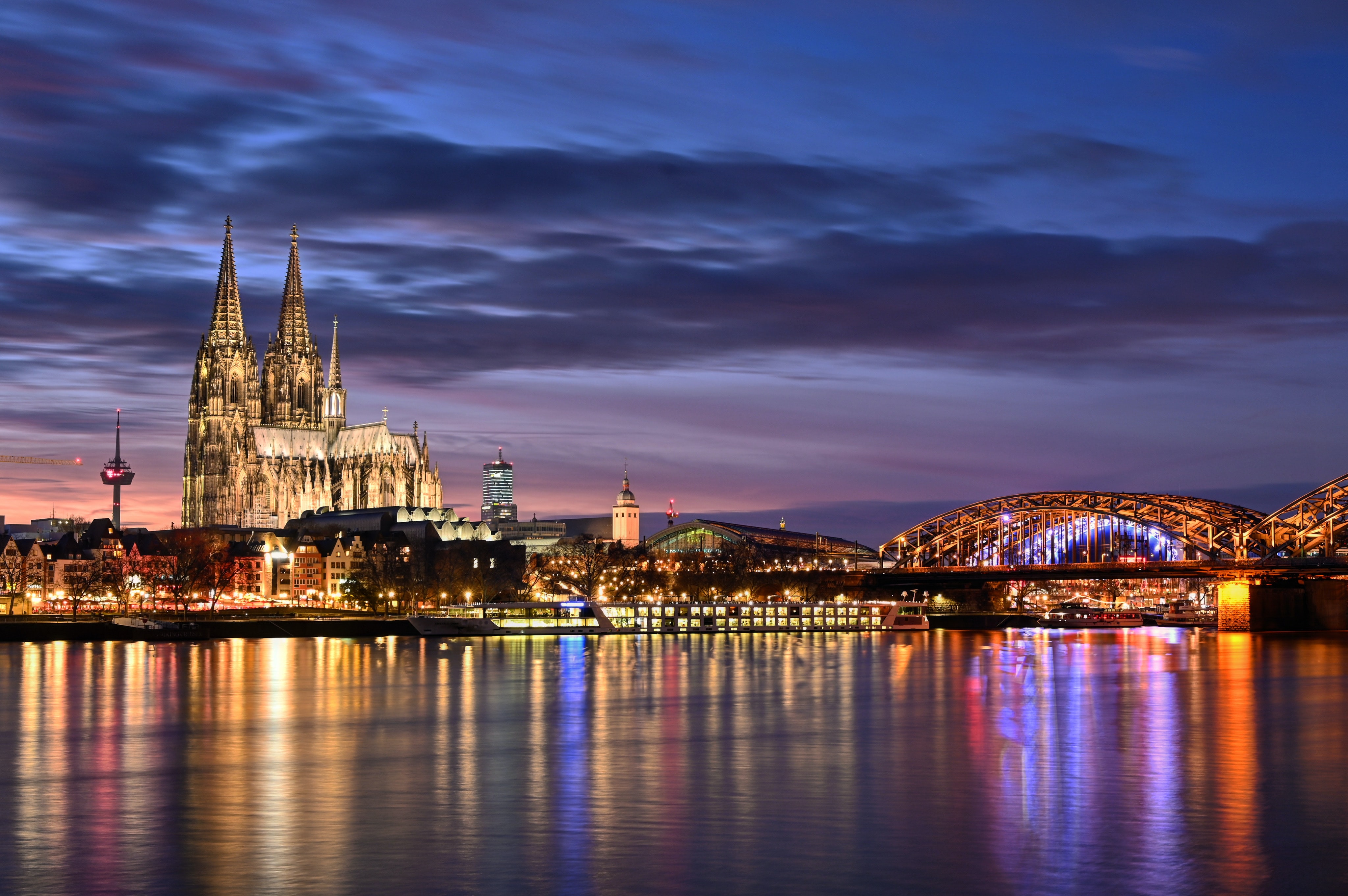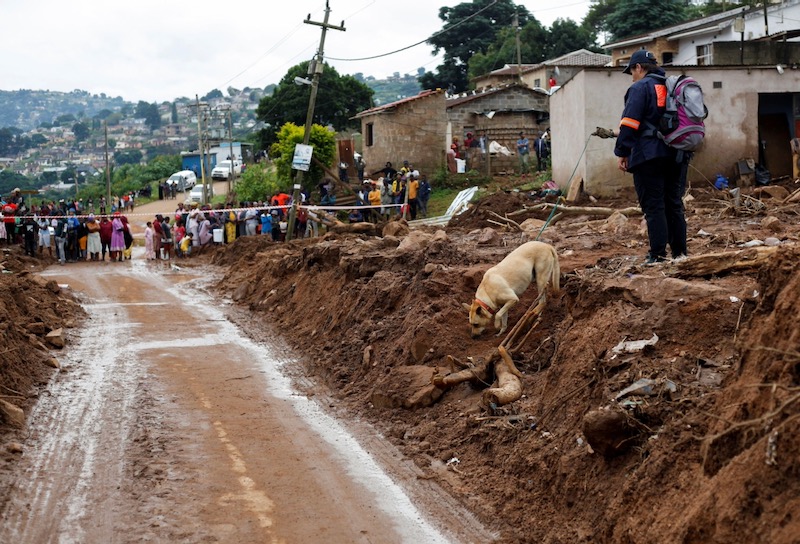More than 450 are dead after “unprecedented” flooding following exceptional rainfall in KwaZulu-Natal province last week, particularly in and around the coastal city of Durban.
Last Sunday morning, the Catholic Archbishop of Durban denounced a lack of preparation for climatic hazards and ageing infrastructure. In a homily at Emmanuel Cathedral in Durban Archbishop Siegfried Mandla Jwara asked his parishioners to take the recent extreme weather event for what it was: an expression of climate change. He said: “Last night in church I talked a lot about climate change because there are people who don't quite understand, but now we can see its consequences.
“It’s a tragedy of overwhelming proportions,” said Thabo Makgoba, the Anglican Archbishop of Cape Town in his Easter message, a day after his visited Durban. “The community is suffering severe emotional stress and pain,” said Archbishop Makgoba, successor to Desmond Tutu. Government, churches and charities were marshalling relief aid for the more than 40,000 people left homeless by raging floodwaters.
Faith-based communities were warned in Holy Week that plans for Easter baptisms should take into consideration the danger of baptism in swollen rivers. A senior government official in Durban warned on 14 April, that rivers should be avoided over the Easter weekend for, "being religious should not lead to deaths of innocent people and we encourage everyone to find alternative ways of baptism to ensure safety."
Intense rains swept away people and property, sunk roads, and flooded bridges in the second-most populous of the country’s nine provinces. Churches and schools were severely damaged. The devastation has been so catastrophic that the provincial government declared a state of disaster. The government has announced an immediate one billion rand ($68 million) in emergency relief funding.
President Cyril Ramaphosa suggested the disaster is part of climate change, with the amount of rain falling on 11 April equal to about 75 per cent of South Africa’s average annual precipitation. It was the heaviest rain in the region for 60 years.
However, some locals have also blamed poor infrastructure in low-income areas for the scale of the flooding. Civil unrest was seen in Durban’s Bhambayi township, with protests against the lack of public services after floods cut water and electricity. Demonstrators demanded that city authorities repair damaged infrastructure that left them without running water or power for days. They called for progress in improving drainage systems, as well as strengthening roads and poorly-built housing. About a quarter of Durban’s population live in informal settlements – unplanned constructions which have been built on vacant land and then spread, and which are generally built with poor-quality materials.



 Loading ...
Loading ...